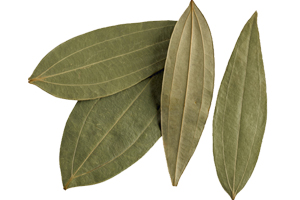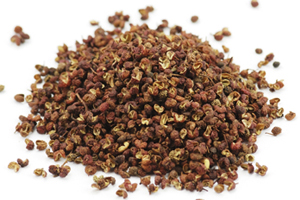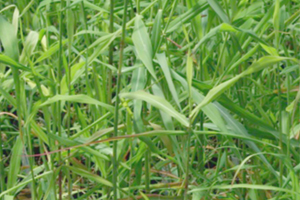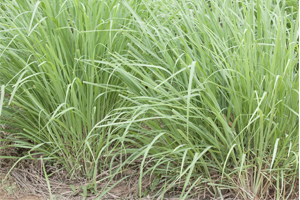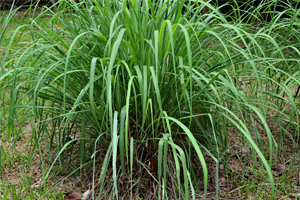Zanthoxylum Essential oil


Zanthoxylum Essential oil
| Botanical Name | Zanthoxylum armatum DC. |
|---|---|
| Common Name | Prickly ash, Zanthoxylum, Sichuan pepper |
| Family | Rutaceae |
| Parts of used | Fruits |
| Method of Extraction | Steam distillation |
| Distribution | 900 meter to 2500 meter throughout Nepal. |
| Type of product | Wild crafted |
Plant Description:
Zanthoxylum armatum DC. is a shrub or small tree, almost entirely smooth, with a strong aromatic smell. The bark is corky, with conspicuous young stems with thick conical prickles raising rising from a corky base. Spines are shining and sharp, growing on branchlets. Leaves are alternate, usually with 2 to 6 pairs of leaflets. Petioles and rachis are narrowly winged. Leaflets are elliptic-lanceolate, 2 to 8 centimeters long and 1 to 1.8 centimeters wide. Flowers are small, yellow, usually uni-sexual, borne in dense lateral panicles. The fruit is usually a solitary carpel dehiscing ventrally, about 3 millimeters in diameter, tubercled, red, and intensely aromatic.
Product Description:
Zanthozylum is a wild herb of medicinal and aromatic values. Fruits are carminative, stomachic and anthelmintic, in dyspepsia, fever, and toothache. Fruits and seeds of zanthozylum (Prickly ashs) are collected in between the altitude of 900-2500m throughout Nepal’s hillside in forested areas. It is mostly used for its therapeutic properties such as analgestic, anti-allergic, anti-infectious, antirheumatic, bactericidal, carminative, cholagogue, digestive, emmenagogue, febrifuge, fun- gicidal, sedative, stimulant, stomachic and vermifuge.
Chemical Constituents:
Crude extract of Zanthoxyllum alatum has Lemonene, linalool and methyl cinnamate as major components and l-pinen, l-thujene, β-pinene, sabinene, myrcene, γ-terpinene, p-cymene, terpenin-4-ol, piperitone, carvone, cuminaldehyde, as well as methyl cinnamate as other constituents.
Benefits:
- The Zanthozylum oil is a disinfectant, thus helpful in preventing further spread of contagious diseases.
- The oil stimulates the nervous system; as a result, the oil is good therapy for stress-related conditions such as headache, insomnia, and nervous tension.
- It improves the digestive system through stimulating bowel movement.
- The oil is also a good pain killer, thus relieves the pain of a toothache, the discomfort of joints complications, the pain of muscles, impediment of arthritis, inflammation due to rheumatism, and sprains.
- The oil is especially helpful in the circulation and joint-related ailments, such as healing in complications of joints and muscles, and circulation.
Medicinal Use:
Zanthoxylum armatum DC fruit is used in the form of condiments, spices, and medicine. It is very popular in the preparation of certain traditional dishes, the use of Prickly ash as a flavoring agent or spices. It is also used in curing various common ailments such as toothache, common cold, cough, and fever, as it is believed to give warmth to the body. A fresh or dry fruit is used in toothache by pressing it over the affected tooth till it loses its pungency.
The antioxidant property of the oil may protect the healthy cells of the human body against free radicals—that plays a significant role in illnesses such as cancer and heart disease. The oil is known to relax the Central Nervous System (CNS) therefore, it is used as a mild pain reliever and muscle relaxer. The delicate analgesic property of oil makes it useful in relieving pains of muscles and joints.
The anti-spasmodic property of this oil relieves, prevents, and lowers the prevalence of muscle spasms. The oil boosts the immune system. The Zanthoxylum Schinifolium seed oil regulates immune function. Likewise, Zanthoxylum Piperitum, when supplemented in the diet, is found to increase disease resistance in Epinephelus Bruneus against Vibrio Carchariae.
Flavoring and Perfumery:
Zanthoxylum oil is a wonderful flavoring agent. Its refreshing flavor is incredibly valuable in soft drinks, confectionery, pharmaceutical, and perfumery businesses. Its use in adding fragrance and enhancing flavor is broadly credited to the compounds found in this oil, such as linalool, limonene, methyl cinnamate, and cineole.
- MSDS
- TDS
- COA
- Specification Sheet
